UPSC Exam > UPSC Notes > Geography for UPSC CSE > Quick Revision: Indian Geography
Quick Revision: Indian Geography | Geography for UPSC CSE PDF Download
1. Introduction to Physiographic Regions
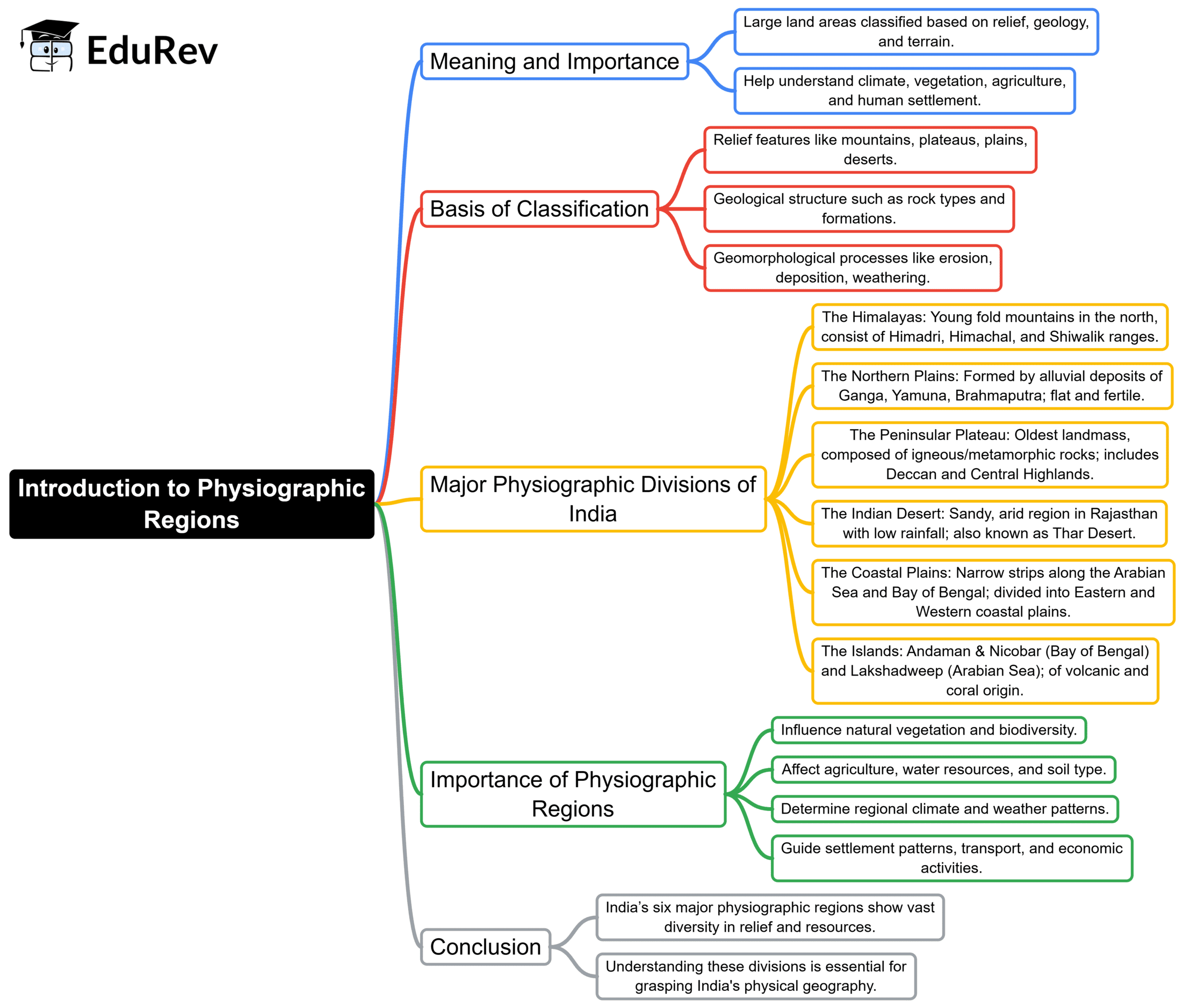
2. Himalayas
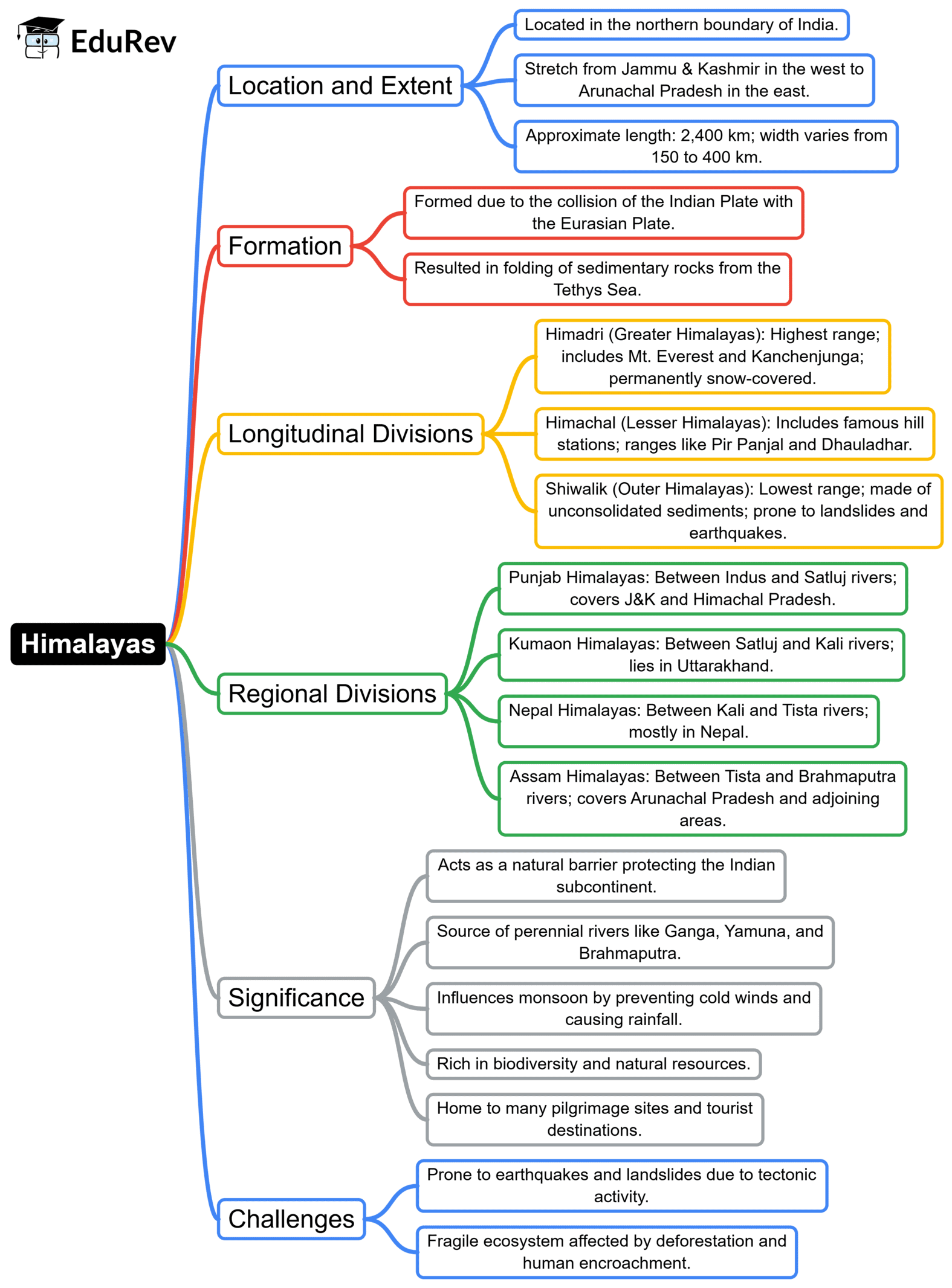
3. Indo Gangetic Plains
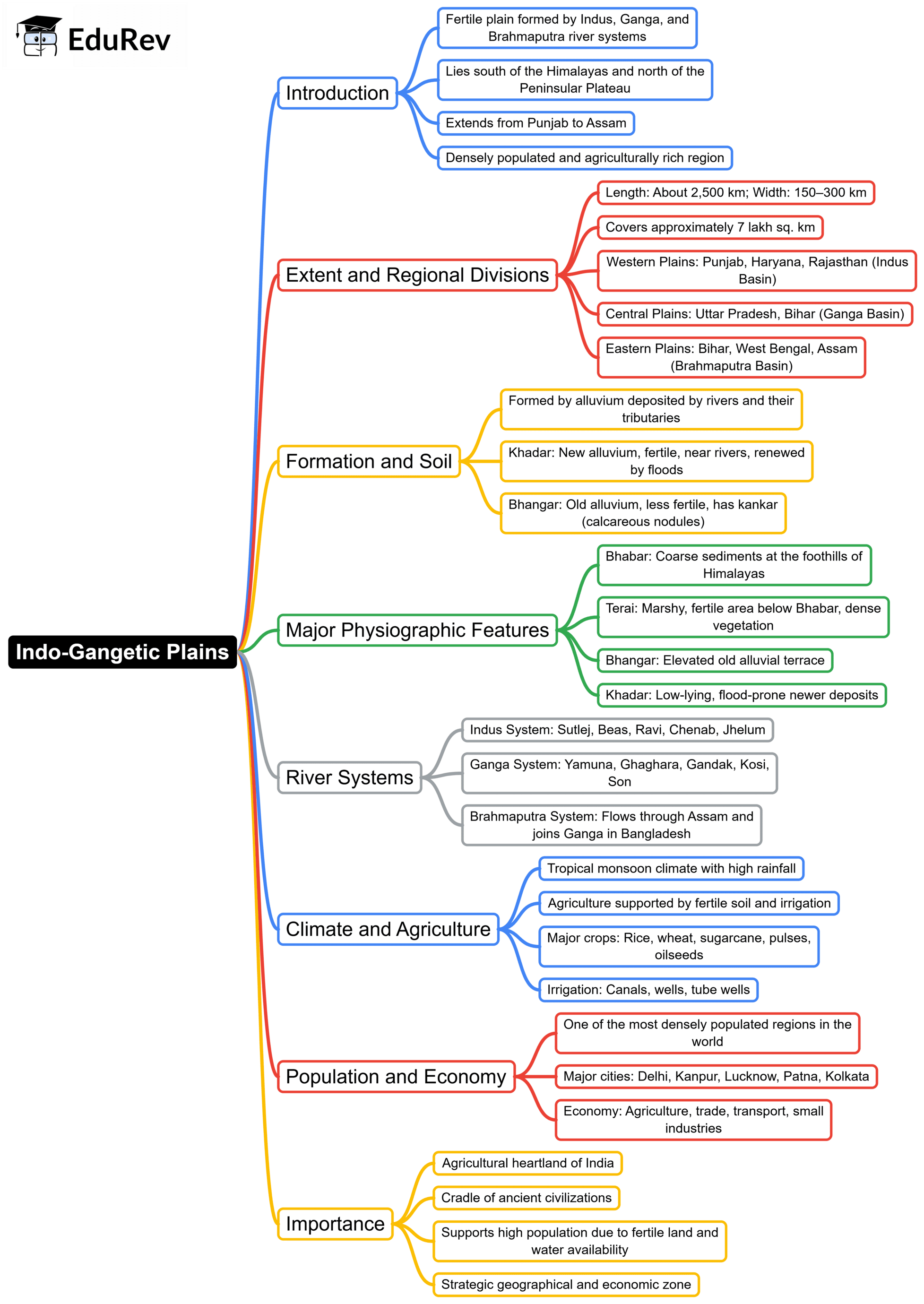
4. Peninsular Plateau
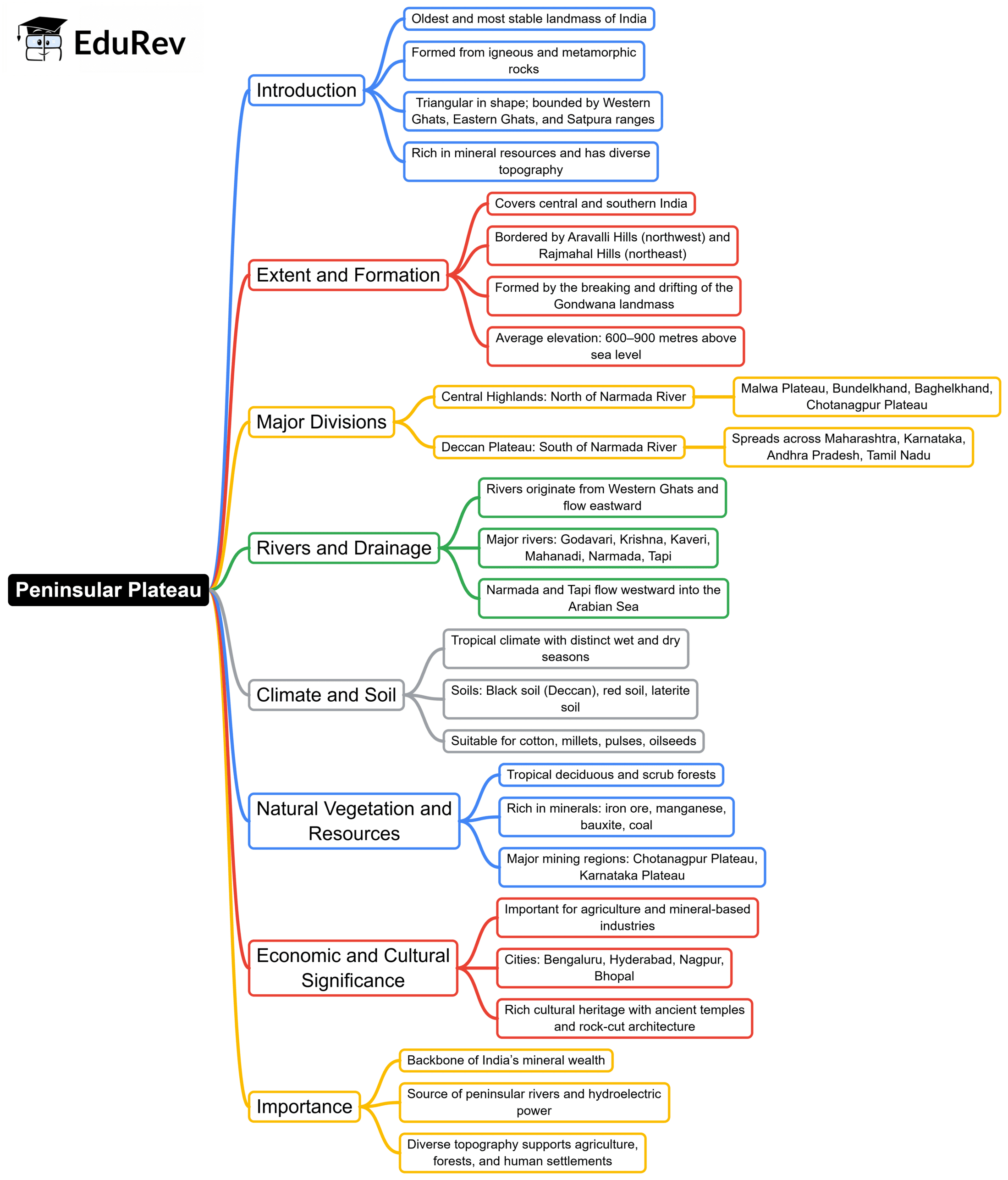
5. Indian Coastal Plains and the Islands
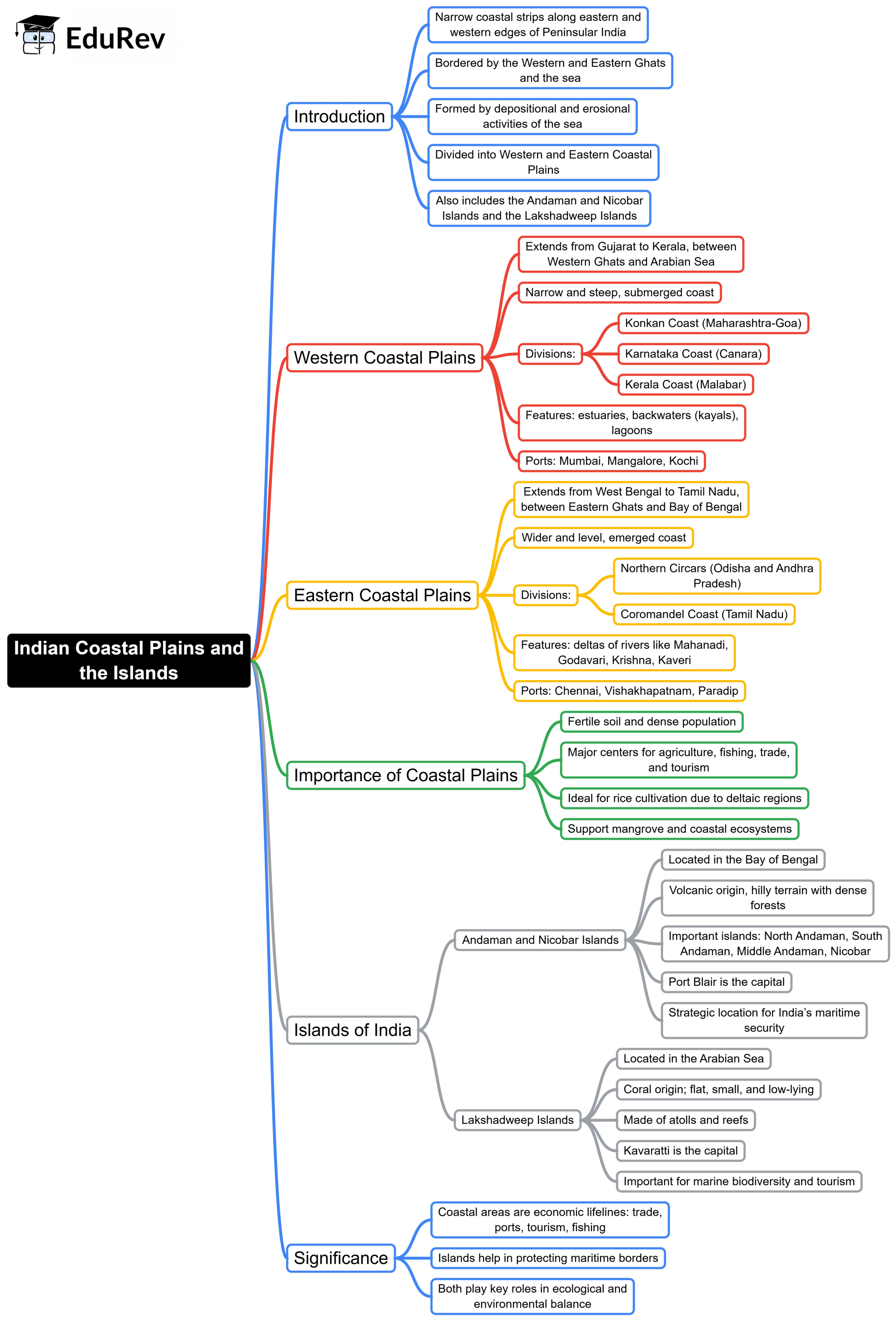
6. Deserts
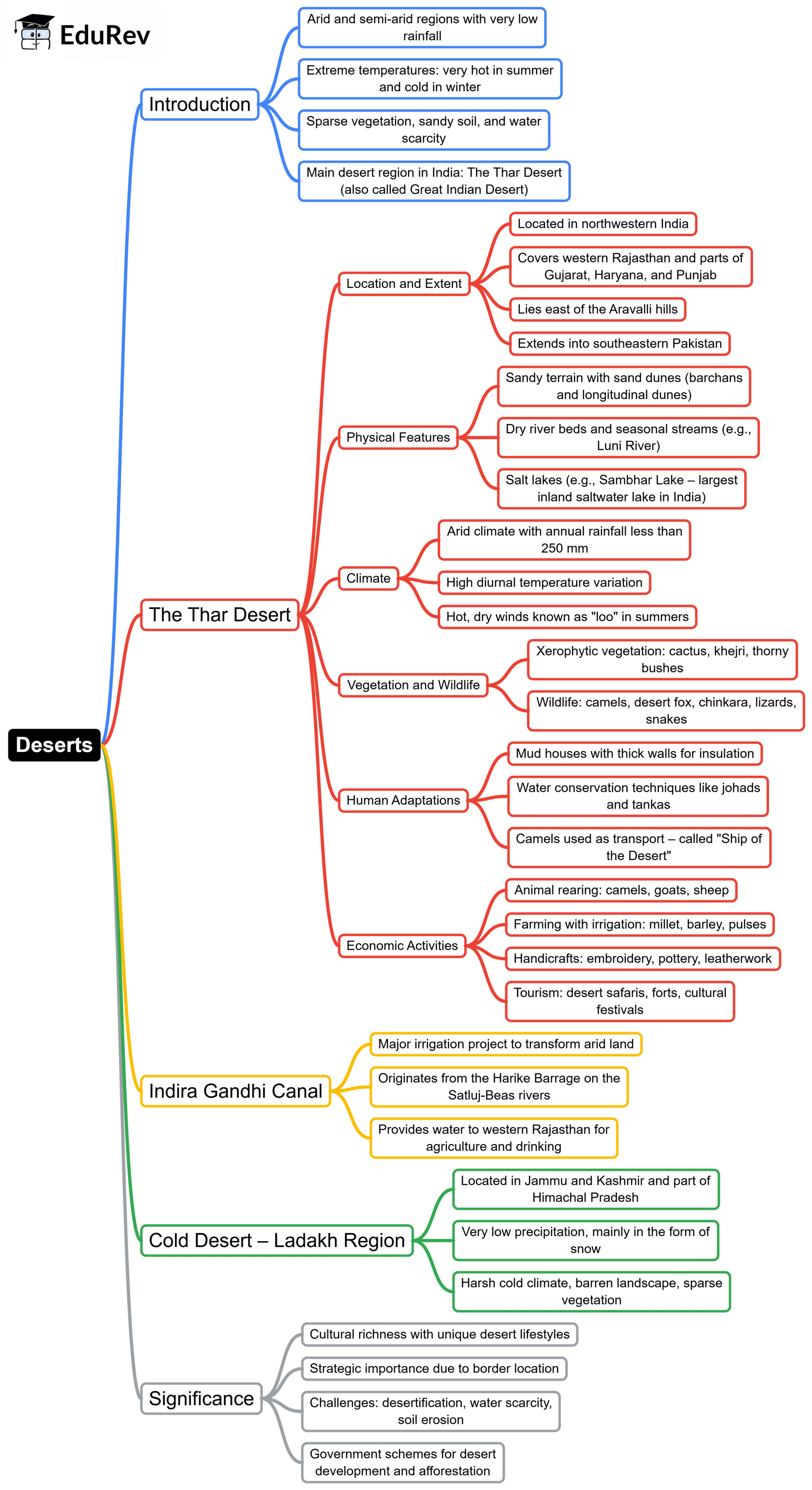
7. Climate
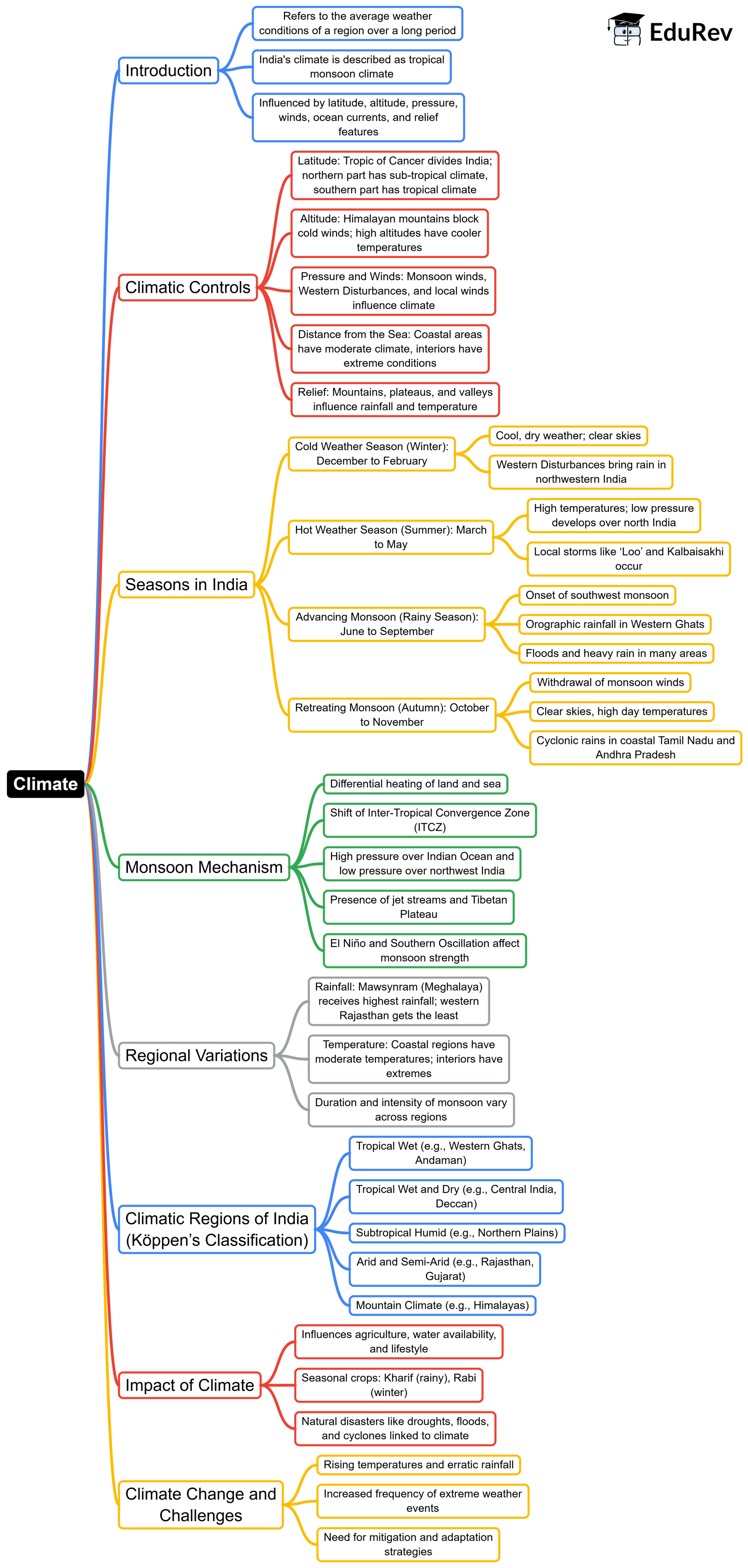
8. Indian Monsoon
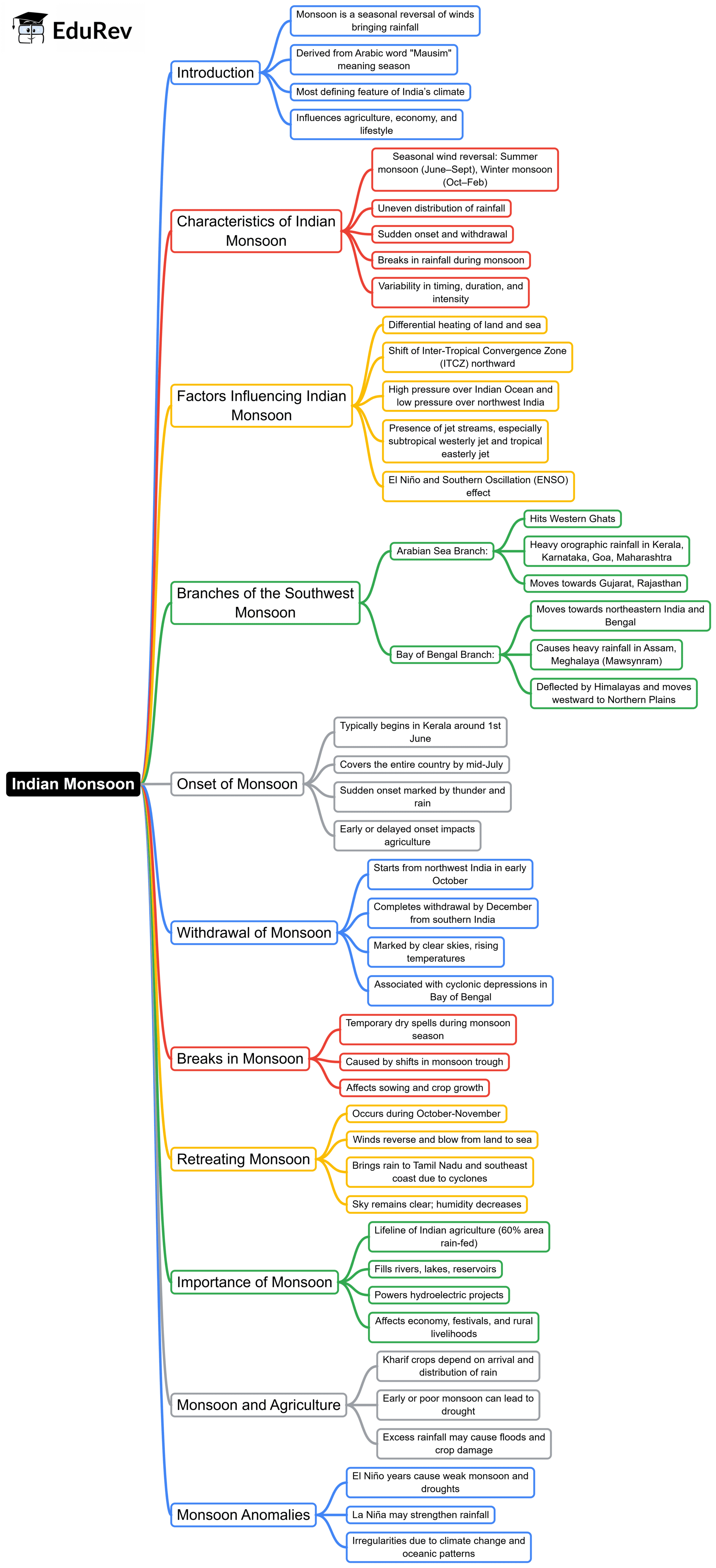
9. Drainage System
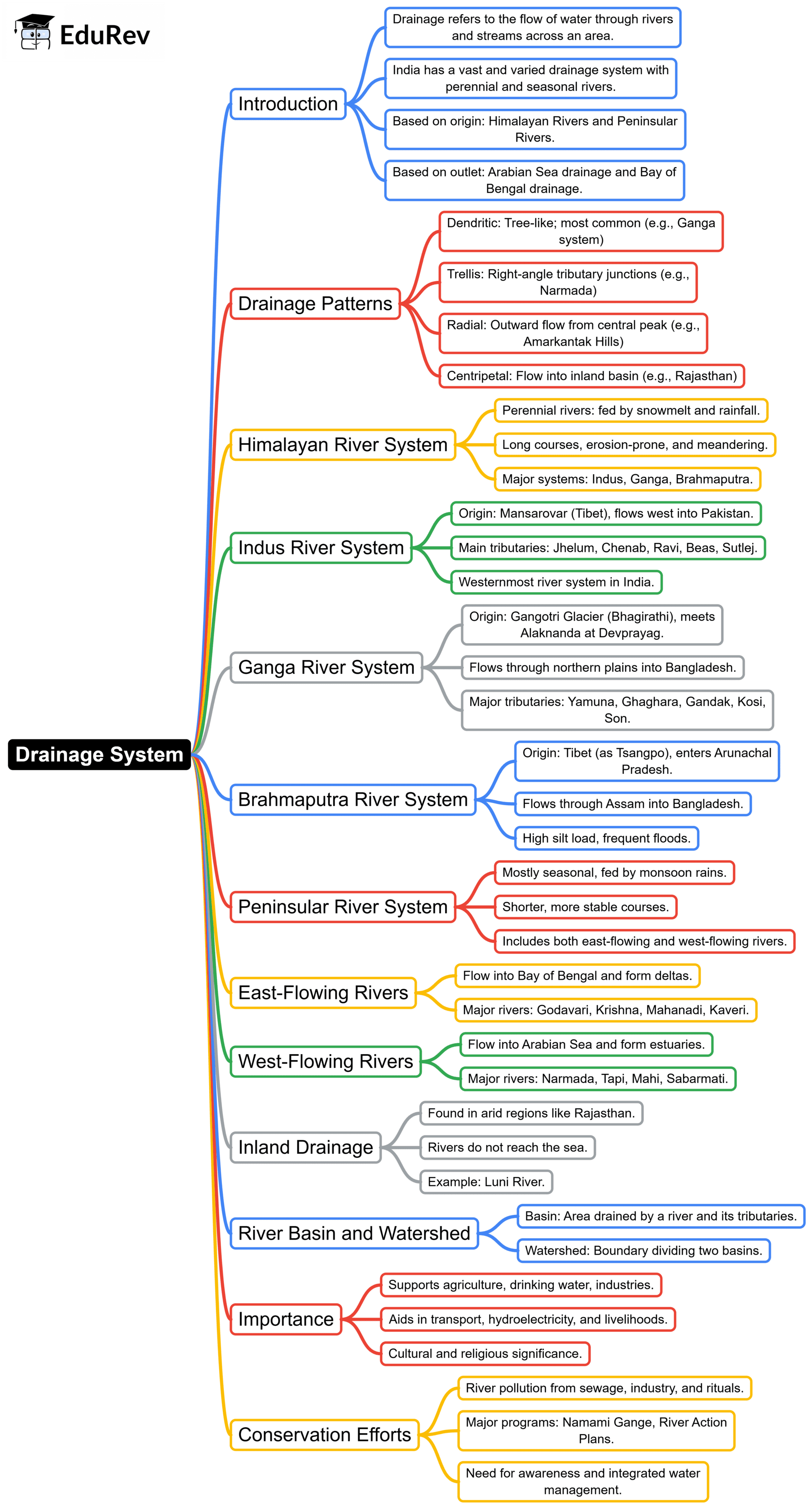
10. Soils
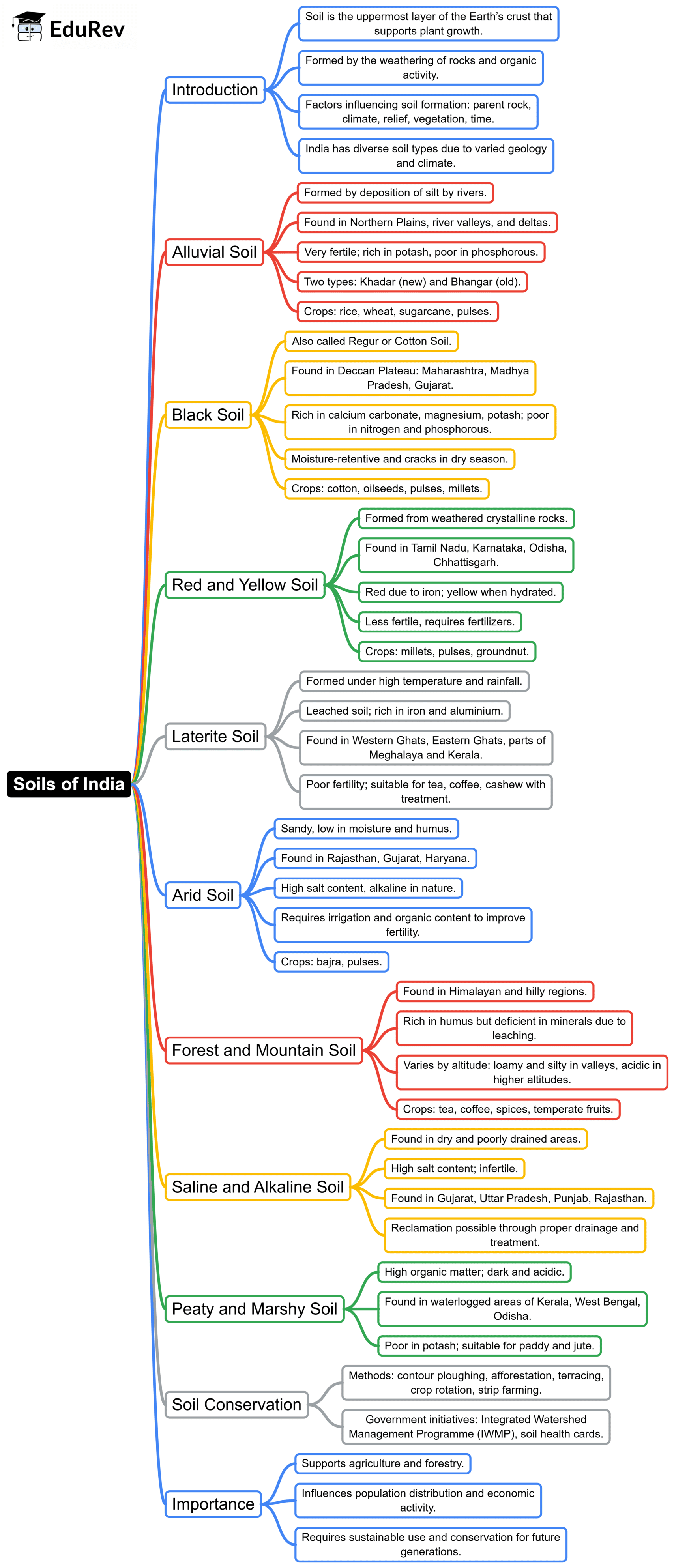
11. Resources
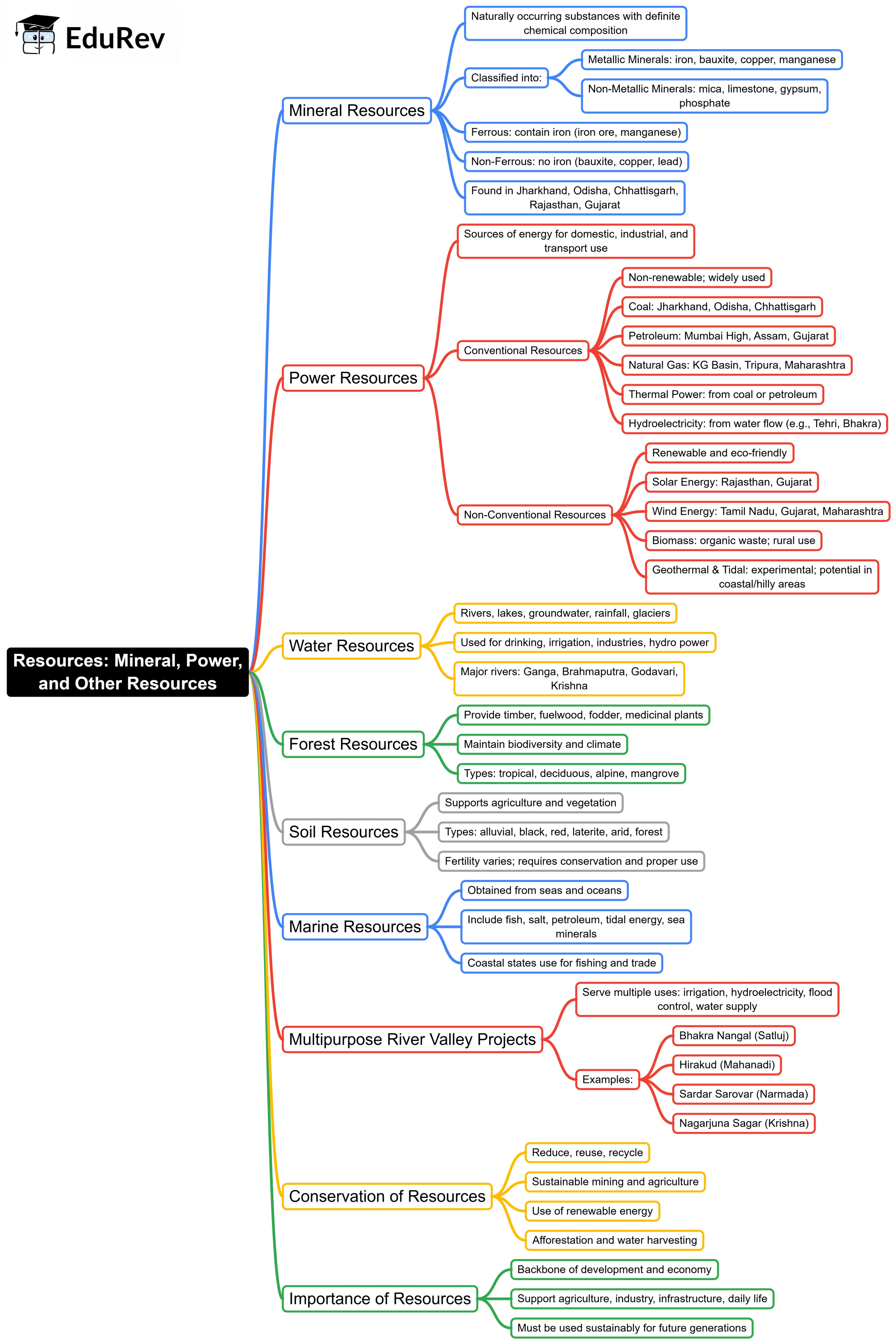
12. Natural Vegetation and Wildlife
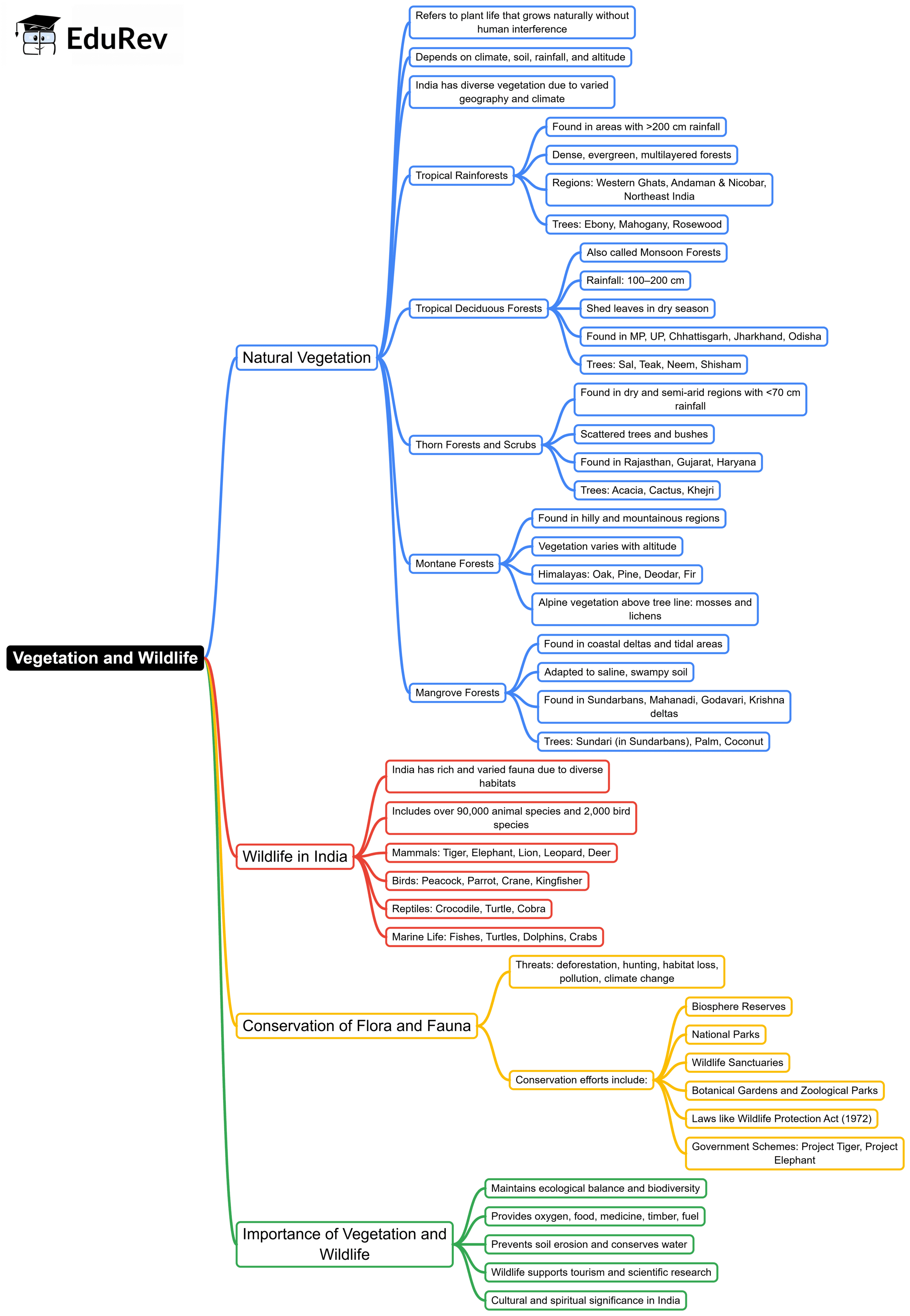
13. Natural Hazards and Disasters
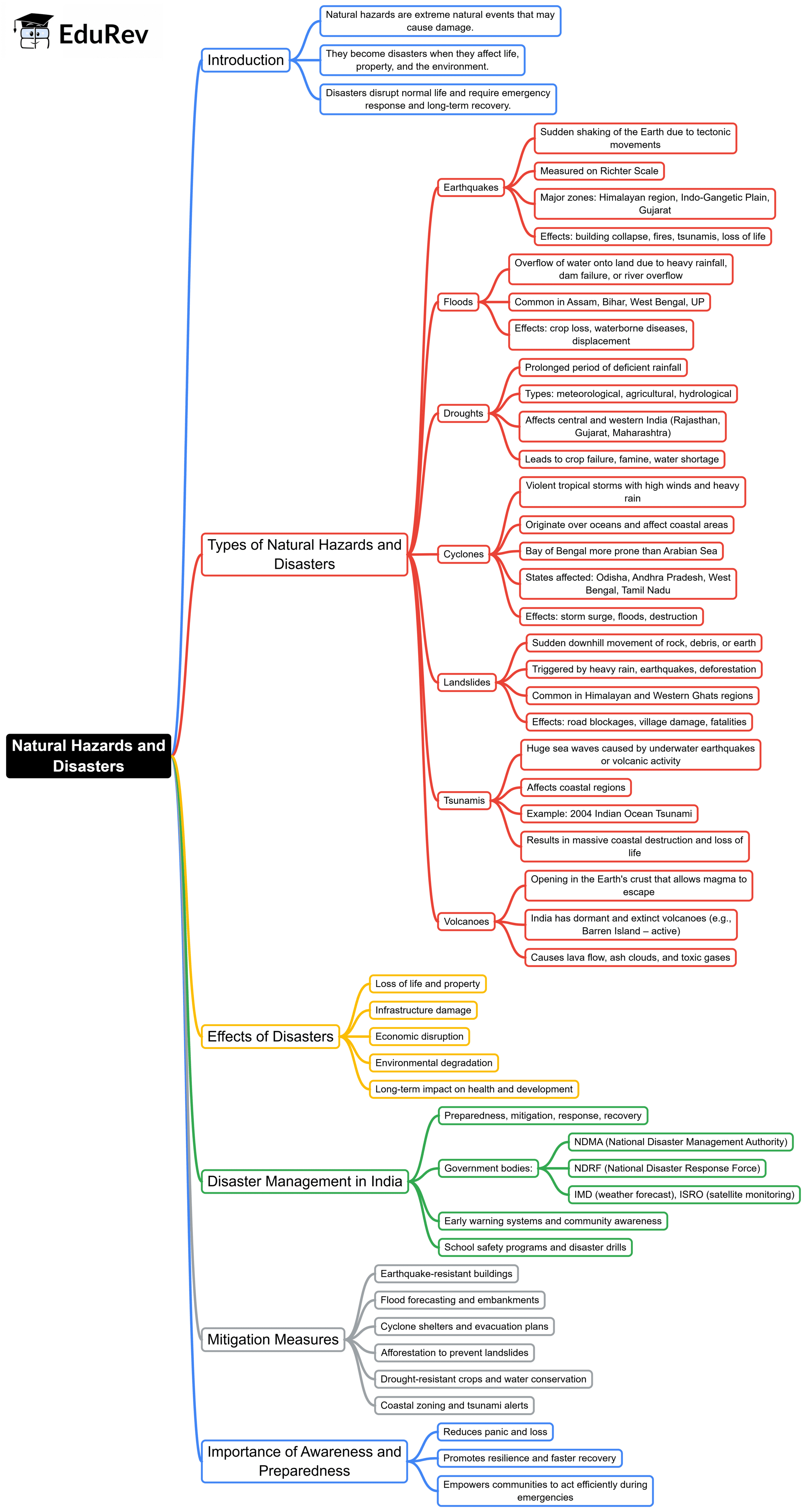
14. Environment
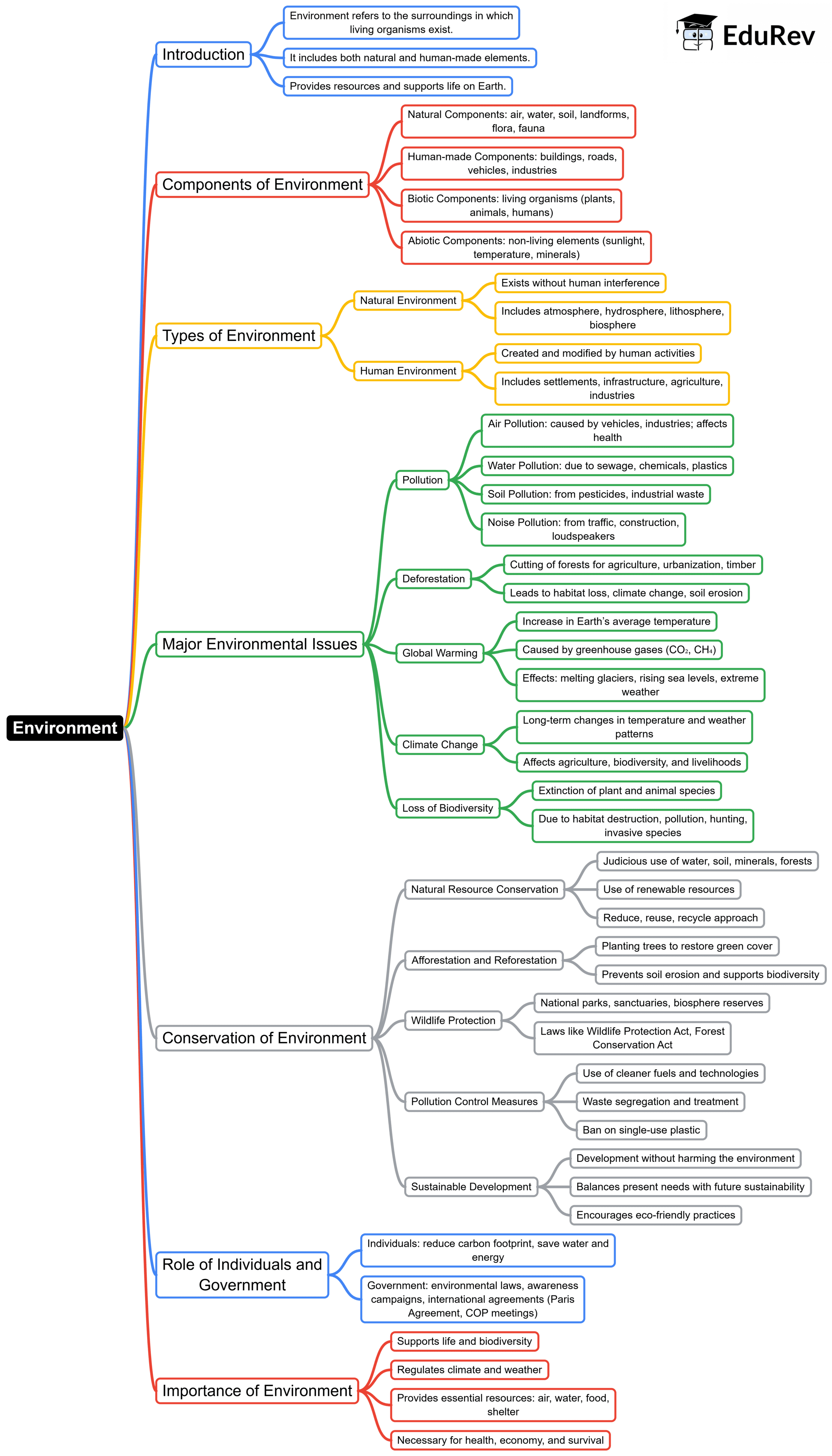
15. Agriculture
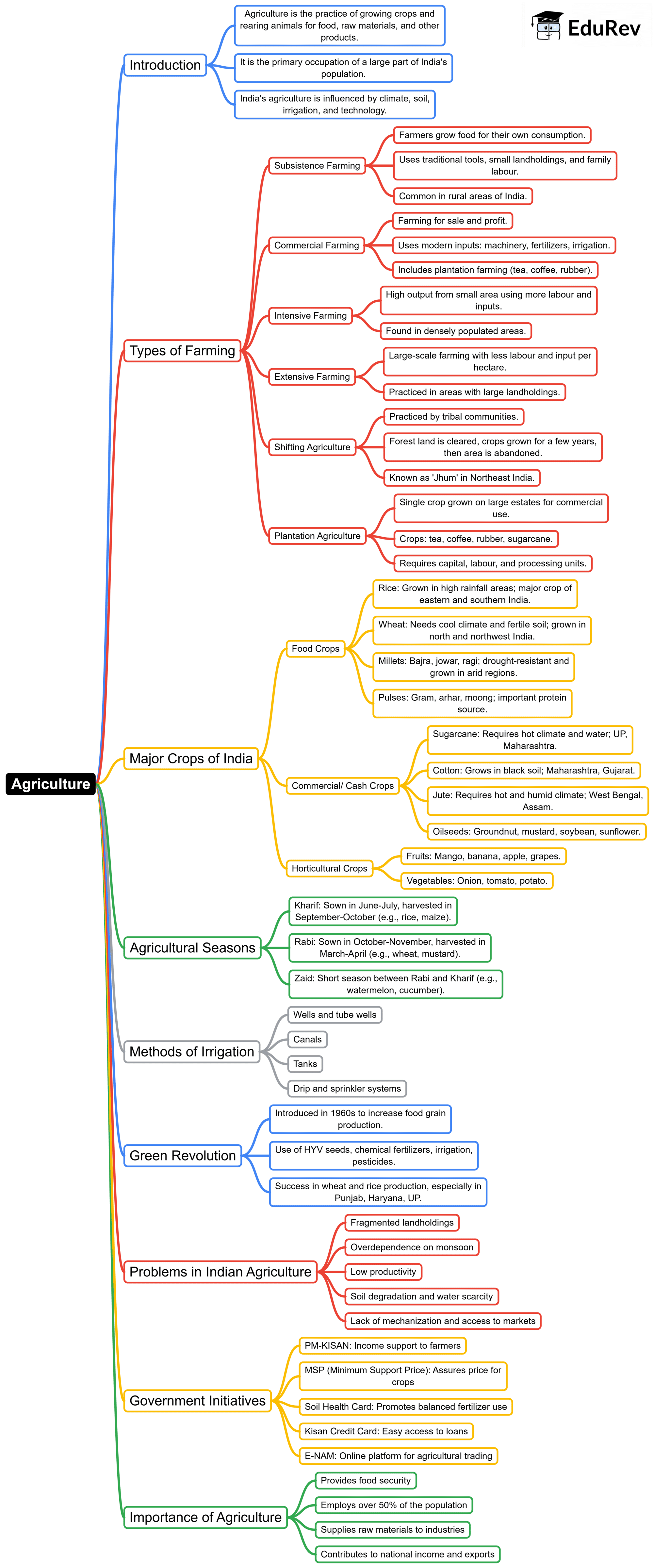
The document Quick Revision: Indian Geography | Geography for UPSC CSE is a part of the UPSC Course Geography for UPSC CSE.
All you need of UPSC at this link: UPSC
|
175 videos|619 docs|192 tests
|
FAQs on Quick Revision: Indian Geography - Geography for UPSC CSE
| 1. What are the main physiographic regions of India ? |  |
Ans. The main physiographic regions of India include the Himalayas, Indo Gangetic Plains, Peninsular Plateau, Indian Coastal Plains, Islands, and Deserts. Each of these regions has distinct geographical features, climatic conditions, and biodiversity, contributing to the overall diversity of the Indian subcontinent.
| 2. What are the key characteristics of the Himalayas ? |  |
Ans. The Himalayas are the highest mountain range in the world, stretching across five countries including India. They are characterized by their towering peaks, deep valleys, and glaciers. The region plays a crucial role in influencing the climate of the Indian subcontinent and is home to a unique ecosystem, including diverse flora and fauna, as well as important rivers originating from this range.
| 3. How does the Indo Gangetic Plain affect agriculture in India ? |  |
Ans. The Indo Gangetic Plain is one of the most fertile regions in India, primarily due to its alluvial soil, abundant water supply from rivers, and favorable climate. This plain supports intensive agriculture, producing a variety of crops such as wheat, rice, and sugarcane. Its agricultural productivity significantly contributes to the country’s economy and food security.
| 4. What are the climatic zones found in India ? |  |
Ans. India exhibits a variety of climatic zones, including tropical, subtropical, and temperate climates. The diverse geography leads to variations in weather patterns, resulting in distinct climatic conditions in different regions. Factors such as altitude, latitude, and proximity to the sea influence the climate across the country.
| 5. What is the significance of the Indian Monsoon ? |  |
Ans. The Indian Monsoon is crucial for agriculture and water resources in India. It brings seasonal rainfall, which is essential for crop cultivation in the predominantly agrarian economy. The monsoon season influences the socio-economic conditions of the country, impacting food production, water supply, and overall livelihoods.
Related Searches





















